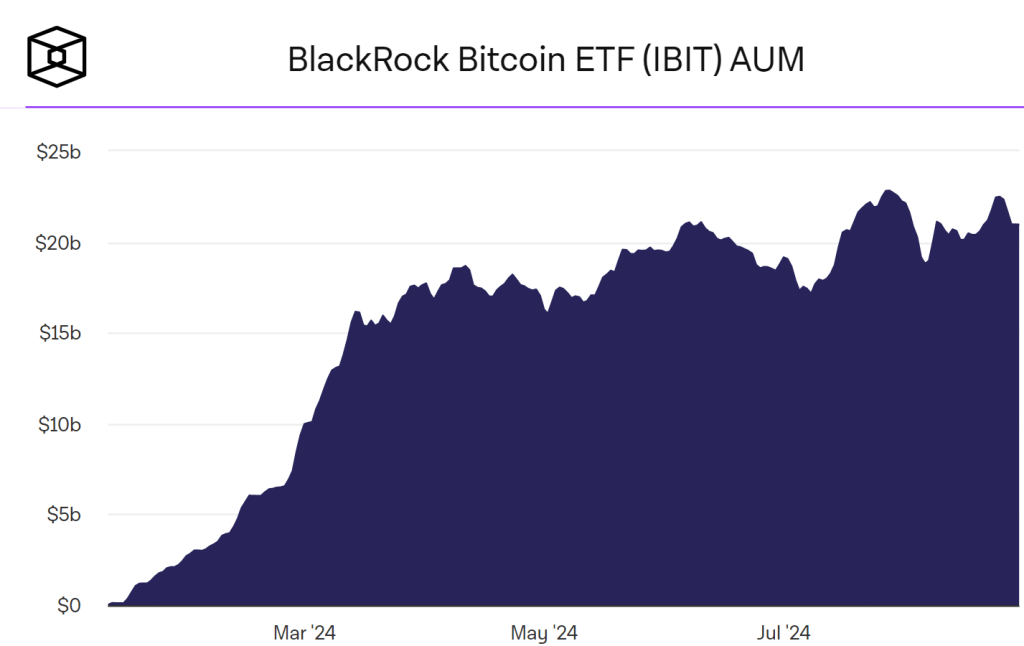It has been a somewhat boring month in the world of digital assets from a price perspective. I’ve seen more excitement from single blokes at a baby shower. However, like tectonic plates shifting under the water that have yet to transfer their energy to the waves, there are big shifts occurring beyond price movements. In this article, I’ll be covering a few of the latest shifts in the crypto market, as well as what I think is the most important price driver over the long-term.
Yen Carry Trade Unwinds
In late July, the Bank of Japan lifted interest rates by a quarter of a percent from 0% to 0.25%. This marked a significant shift to follow-up the BoJ’s near 17-year policy run of negative to zero interest rates. The impact on markets was significant because many investors, especially international investors, were borrowing Japanese Yen at near 0% interest rates and converting to dollars to be invested in US markets and elsewhere. The rising cost of borrowing capital from Japan sent investors scurrying to sell assets in order to repay loans which further weakened the USD/JPY exchange rate, triggering further panic. On the 5th August, the S&P 500 fell by 3%, the NASDAQ Composite declined by 3.4% and bitcoin fell by as much as 14.7% all on the same day. Whilst markets have largely recovered since, it is still something that may have lasting impacts on the ability for investors to borrow and invest capital as easily as they once were.
“PolitiFi” (Politics & Finance) Is On the Rise
With the US Presidential election a little over 2 months away on the 5th of November, it remains clear to many voters that the Republicans appear to have the more ‘pro-crypto’ stance with Trump proclaiming he wants the industry to remain onshore in the United States. The Democratic party has yet to make its crypto stance clear and appears to be the more cautious camp. This skew is also manifest in the polls, with voters that own digital assets 12% more likely to be Trump voters than Harris. 40-50 million Americans now own cryptocurrencies, underscoring the political importance of crypto in this year's election. [1]
The Economic Machine Is Creaking And In Need Of Some Liquidity
Following a 2-year period of higher interest rates and reduced global liquidity, we are starting to see a reversion to ‘normal’ monetary and fiscal policy. That is, lower interest rates and more stimulus to keep a highly indebted US economy rolling over. If you haven’t watched this, it’s one of my favourite clips of Robin Williams who is hysterically accurate in describing banks’ need for more liquidity. Something we’ve already seen through the US announcement of the (bank term funding program) BTFP following the collapse of Silicon Valley Bank, Signature Bank and Silvergate Bank early last year. The markets want liquidity, and that generally moves asset prices higher.
https://youtu.be/etQeFJ2lbbo
Rate Cuts Are Looming (Great), But So Is A Recession (Not Great)
On August 23rd, US Federal Reserve Chair Jerome Powell announced that the time may have come for policy adjustments including potential interest rate cuts. [2] Whilst this was the news many investors wanted to hear, it’s worth noting that in the first 200 days following an interest rate cut, equities decline by -23% on average [3]. The dovish change from the Fed came on the back of the US Bureau of Labor statistics report which had overstated the number of jobs by 818,000. This softenting in the labour market statistics triggered the Sahm rule which states that when the three-month moving average of the unemployment rate is 0.5% higher than the lowest three-month moving average of the preceding 12 months, a recession has begun.
The Big Boys Are Still Buying In
There’s the old fashioned saying in finance which is ‘follow the smart money’. As it stands, BlackRock continues to buy bitcoin underscoring demand from not only individuals, but also hedge funds, companies and pension funds that hold the bitcoin ETF. Cumulative spot bitcoin ETF holdings have surpassed 923,000 bitcoin, which is ~5% of the total supply that will ever exist. Whats more, we’re also seeing the gold price surpass all-time-highs, indicative of growing demand for hard assets to protect against the debasement of currency caused by monetary inflation. Data from theblock.io [4]

Keep Your Eye On Global Liquidity
Perhaps the one thing that is more important than all other measures for long-term digital asset investors is the measure of global liquidity, which is effectively how much money is sloshing around and liquid within the global monetary system. During times of economic contraction, liquidity tends to be in decline with interest rates relatively elevated. During periods of quantitative easing, often in response to economic contractions, liquidity tends to increase and interest rates begin to decline. Whilst the future remains uncertain, M2 global liquidity appears to be rising once again, and is perhaps the strongest correlate of bitcoin and other digital asset performance in conjunction with adoption and daily active users.

In summary, I’d encourage taking the time to zoom out when investing in digital assets. It’s not a month -to-month game but one of long-term adoption with plenty of volatility along the way. The one thing that should give anyone confidence when investing in a digital scarcity is that over time central banks will continue to debase currencies, highlighting bitcoin’s qualities as a scarce, global and decentralised asset.
Tick tock, next block.
.png)
.png)